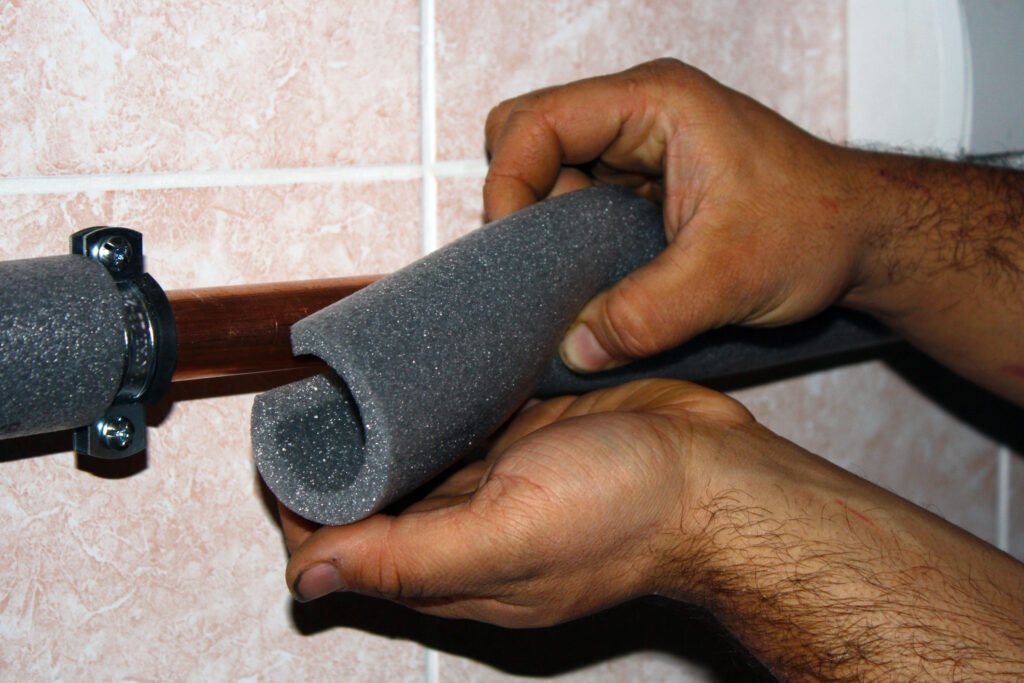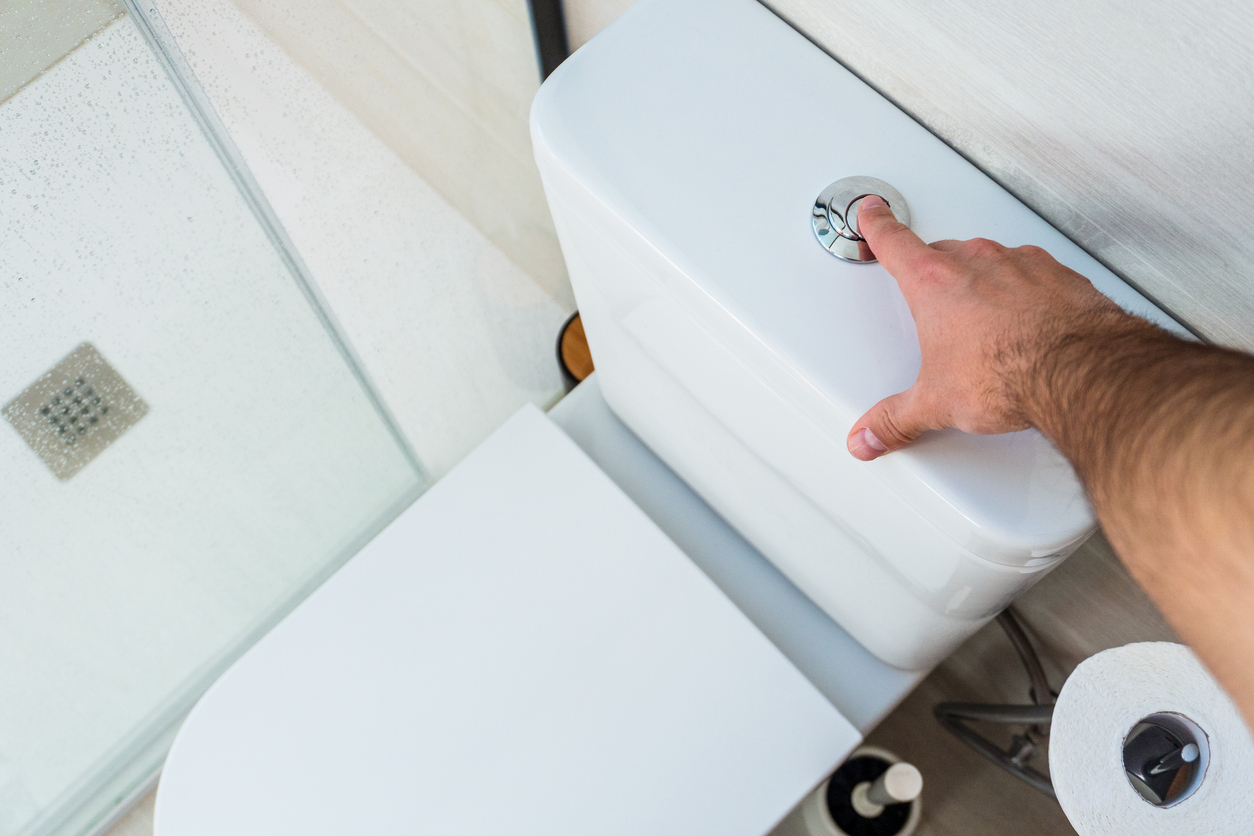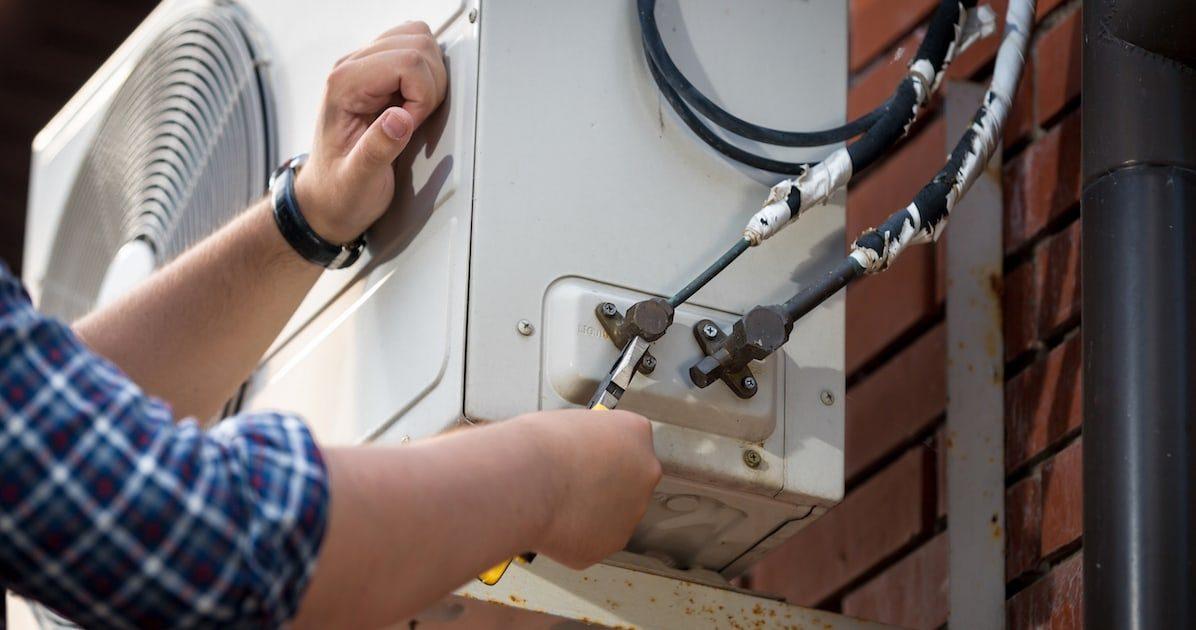
Sometimes, the AC issue you’re dealing with is something you can fix yourself. Sometimes it requires a professional. However, any time you have an issue, there are some steps you can take to get a feel for the issue and try some common, simple tricks to troubleshoot the issues. Let’s explore how to diagnose and potentially solve AC issues yourself – and when to call a professional.
There’s nothing worse than a summer heatwave without a functioning central AC system. This article will focus on helping you diagnose problems with your home’s AC system and walk you through the steps to troubleshoot simple problems. We’ll also let you know which problems you can handle yourself and when it makes sense to call a professional for AC repair. Ready? Let’s get started!
A Step-by-Step Guide to Diagnosing Central AC Problems
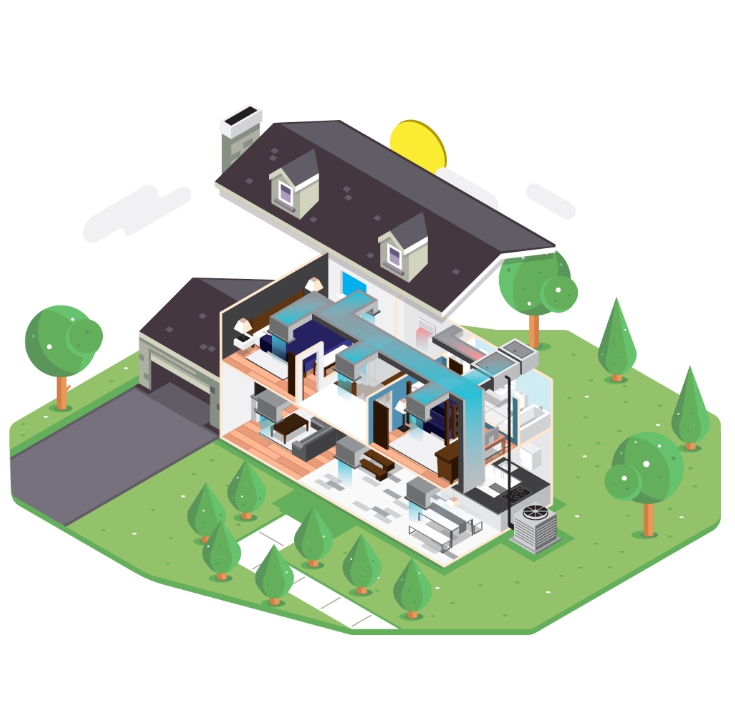
What to Check if Your AC Isn’t Running at All
#1. IS YOUR AC UNIT RUNNING AT ALL?
Turn your AC on and set the thermostat 5 to 10 degrees lower than the current temperature, then wait for about 60 seconds. There should be air coming from your vents. Does the outside compressor and fan come on? If one of these components is not coming on, or if there is no air coming out of the vents, you’ll want to check to make sure each component is getting power. Check your circuit breaker (hopefully, the air conditioning breaker components are labeled). Reset the breaker that is connected to the device that is not coming on. You will also want to double-check the batteries behind the faceplate of your thermostat.
#2. WHY IS MY CENTRAL AC UNIT RUNNING BUT NOT BLOWING AIR?
With your system running, put your hand in front of the air registers (the vents on your floors, walls, or ceiling that supply conditioned air). Do you feel the air being blown? If it’s completely stagnant, with no airflow at all, it’s likely you have a problem with your air handler (blower). When was the last time your filter was changed? Double-check your filter and the condition of your indoor unit.
#3. IS YOUR AC BLOWING AIR THAT ISN’T COOL?
Reduce your thermostat temperature by 5-10 degrees so that it’s much colder than the current house temperature. Is your thermostat set to cool, and is it below your house’s set point? When you put your hand in front of the register, does the air feel cold to the touch? If the AC is blowing but not cooling the air at all, then it is likely that you have a problem with your outdoor condenser. Double-check that the fan and compressor are running.
#4. IS YOUR AC JUST NOT COOLING YOUR HOUSE ENOUGH?
Set your thermostat two degrees colder than the current temperature and allow the system to run for 90 minutes. Has the temperature in the home decreased (even by one degree)? Depending on the current outdoor temperature, it may take over an hour of run time to decrease the indoor temperature by one degree. Be patient! If the thermostat set point does not change within 90 minutes of run time, double-check both the indoor and outdoor units. Be aware that these systems have designed parameters. Residential air conditioning systems are designed and sized to maintain 75 degrees (indoors) on a 95-degree day. Are your expectations reasonable?
What to Check if Your AC Isn’t Running at All
#1. CHECK TO MAKE SURE THE AIR HANDLER AND COMPRESSOR ARE ON AND PLUGGED IN
There are two separate pieces of your AC system: the condenser, which cools the air and is usually outside, and the air handler, which moves the air around your house and is usually inside. First, make sure that any power switches on or around the units are switched on. Then check your breaker box to make sure that neither has thrown a breaker and that both circuits are receiving power.
#2. ENSURE THAT YOUR THERMOSTAT IS FUNCTIONING PROPERLY
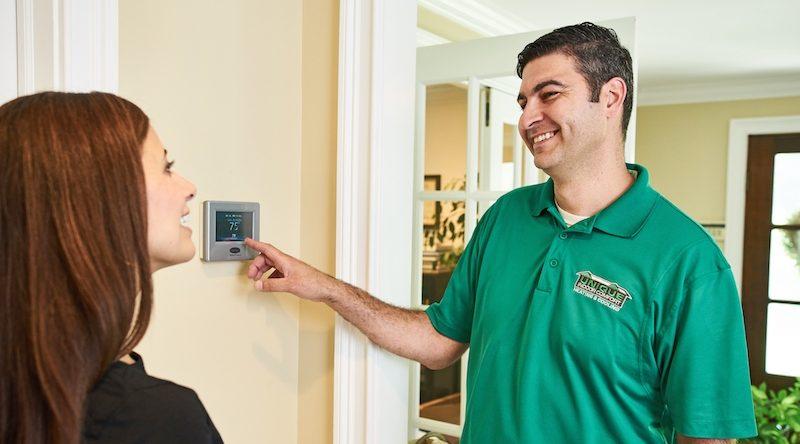
If you have your thermostat set to “auto,” it’s possible the thermostat is misreading the temperature and thus not turning the system on when it should. Try switching the fan from “auto” to “on.”
Does the fan come on?
If there is no air coming out of the vents, try replacing the thermostat batteries. Even if the screen and indicators are still working, there are still cases when low power drawn from the batteries can cause the thermostat to function improperly.
If it still doesn’t work, double-check all wiring connections on the backplate of the thermostat. This may require an advanced level of troubleshooting. Begin by removing the faceplate for the thermostat so you can access all wiring connections.
Did you upgrade your thermostat to a WiFi-enabled/Smart thermostat? These types of thermostats require a common wire as a source of power. Was there a “C” wire in place prior to upgrading your thermostat? If not, you will need to run an additional wire.
IT DIDN’T WORK, NOW WHAT?
If none of these things work, it’s likely that you have a faulty thermostat, motor, or compressor. This means that it will need to be fixed or replaced, and you’ll need to call a professional.
Why Is My Central AC Running but Not Blowing Air?
#1. CHECK TO MAKE SURE THE AIR HANDLER IS ON AND PLUGGED IN
Is the air handler on? If the compressor outside your home is running but the air handler isn’t, you may be cooling air that isn’t going anywhere. If you don’t hear the air handler running, double-check that it is on and receiving power. Is there a switch on or near the unit that has been accidentally turned off? Next, check your breaker box to make sure that the breaker hasn’t been thrown.
If neither of these things gets your air handler running, then it’s likely to be an issue with your condensate pump switch. If you’re a DIY type of person, this is something you may be able to fix with some online research, but in many cases, this is best left to a professional.
#2. LISTEN TO YOUR AIR HANDLER
If your air handler is running but not blowing air, there are two likely scenarios: either a broken AC blower belt or an issue with the motor itself. If the air handler is humming or buzzing but not making the mechanical sounds of a motor running, you’re most likely talking about an issue with the motor itself. This is definitely a case where you’ll need a professional.
If the motor is running but it is not moving any air, then you’ll want to look to see if the blower belt is broken. This is something that a DIY-savvy homeowner could tackle themselves, but it requires opening up the air handler and replacing parts, so most homeowners will probably look to a professional for this as well.
What to Check When the AC is Blowing Warm Air
#1. CHECK YOUR OUTDOOR COMPRESSOR
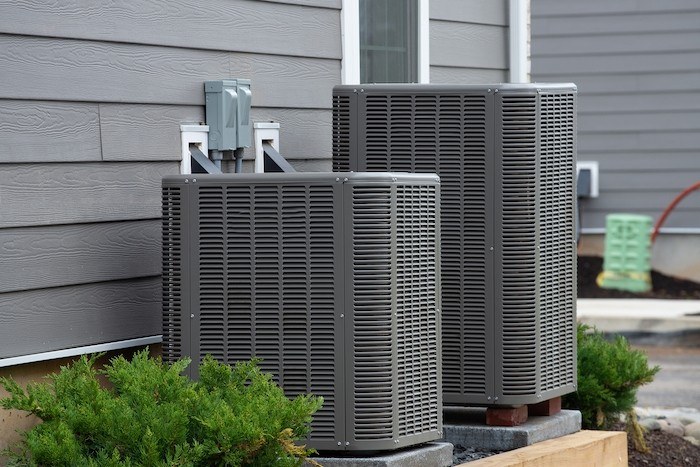
You can inspect the refrigerant coils that run the perimeter of the condensing unit. Are they covered with dust, dirt, or ice? If so, you should defrost them or more thoroughly clean them to remove the buildup. Many people will want to call a professional to handle this, but the DIY inclined can handle this with a little bit of research.
If that doesn’t work, then it’s likely that you either have low coolant or there are deeper problems with the compressor, in which case, you’re going to need a professional.
How to check if the AC is cooling but not enough?
#1. MAKE SURE AIR REGISTERS ARE CLEAR OF BLOCKAGE
Check to make sure that your air registers (the vents that blow the cold air into the rooms of your home) are open and free of blockage. Sometimes, these get closed, or dust can build up over time and limit airflow. Remove the registers with a screwdriver and make sure that they are clear of dust and blockage.
#2. CLEAN OR CHANGE YOUR FILTERS
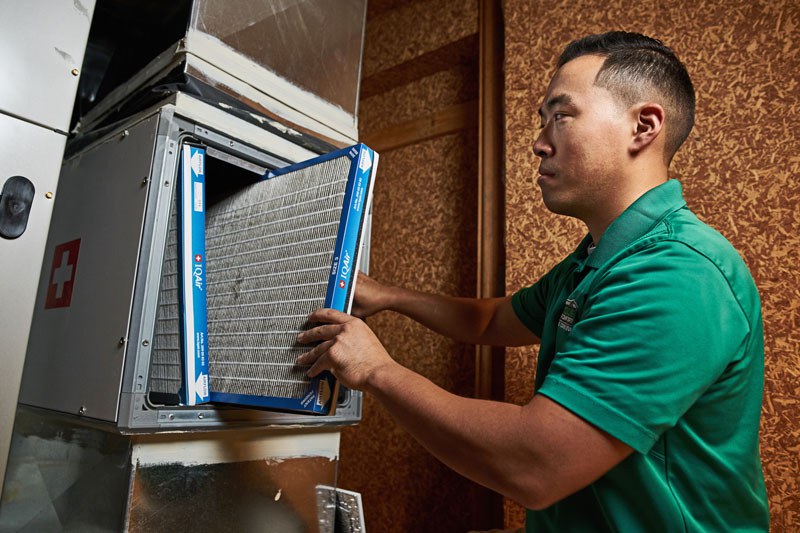
Another cause of blockage and reduced airflow is dust buildup in the filters. These filters should be changed or cleaned every 3-4 months, but unfortunately, many homeowners change them once a year or less. The two main places to look are the return vent that pulls the air from your home to be cycled through the cooling system and the air handler itself. Check both of these filters and consider changing or cleaning them. It’s a good idea to change them every season, so add that to your calendar!
#3. MAKE SURE YOUR AIR HANDLER IS CLEAR OF BLOCKAGE
Refrigerant problems can cause the indoor unit and evaporator coil to freeze. Believe it or not, the coil inside your air conditioning system will become one large block of ice. The longer the air conditioning system runs under these conditions, the larger the block of ice. If you are experiencing low or no airflow, check for frost formation on the copper lines leading to the indoor evaporator coil. Chances are, if ice is forming on these lines, the coil will become one giant ice cube.
Also, check for water on the floor around the air handler. This can be a sign that the condensate drain is clogged and may need to be cleared. You may want to call a professional, but there are some DIY resources to solve this problem online.
Nothing Worked! What Now?!
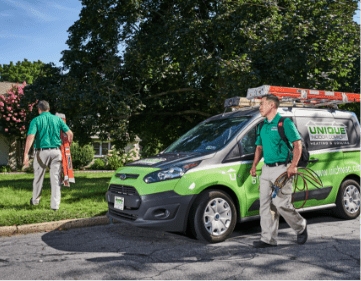
If none of the above worked, then you’re going to need professional air conditioning repair. If it’s a really hot day outside, even a properly sized AC unit can struggle to cool your home, but if you are consistently having trouble cooling your home, you may have an undersized system. Either way, it’s time to enlist the help of an expert to solve your AC problems.
Learn more about preventing AC problems and failures with our preventative maintenance.
Get Help from an Expert
If you need help or have questions, click below to schedule an appointment online or give us a call at (610) 825-4400!

